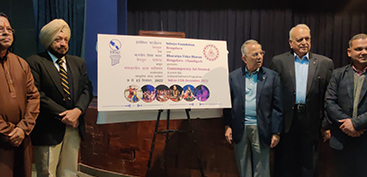Lohri marks community reunion after a long spell of winter when people remain confined indoors. With fair weather gradually returning back in the form of spring and harvesting season getting over for farmers, it is the first festival of every new year.
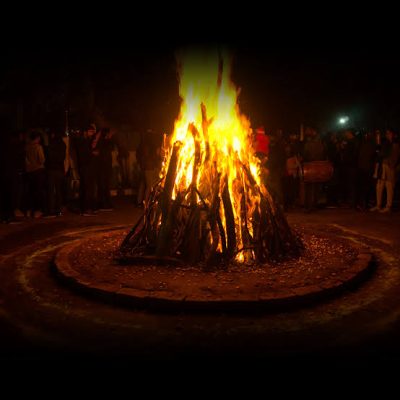
As the sun makes its transition from the Tropic of Capricorn to the Tropic of Cancer, it marks onset of Uttarayan in Hindu mythology, after a prolonged autumn or winter which is referred as Dakshinayan. Here are some essential facts and lohri specific recipes CityWoofer has culled for you:
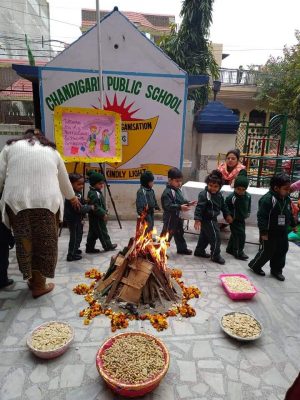
The old waste stock of food grains would be burnt in the geetha (bonfire) on Lohri so that food grains do not come under the feet, pests in the previous harvest do not pass onto the next crop and one doesnot dispose off grains inappropriately.
In Punjab, people shifted from indoors to covered courtyards for sleeping after Lohri till Baisakhi; they would shift to sleeping in the open verandahs after Baisakhi.
After Lohri, people would start consuming milk by-products like curd, lassi which were barred in the winters.
After geetha celebrations, women of the house soaked maash ki daal (urad sabut) overnight which would be cooked early morning next day on Makkar Sakranti in the form of khichri and offer it to their deities before partaking it themselves.
The Multanis who migrated to India during Partition brought the tradition of cooking daal channa khichri, the original Punjabi settlements along the five rivers in Punjab cooked urad daal khichdi.
Novelties in Lohri celebration
Drinking and non-veg cuisine was never a part of Lohri celebrations, but now it is a part of modern culture. Earlier it was a community festival, now people restrict themselves to their select group of friends and family, exchange costly gifts, etc.
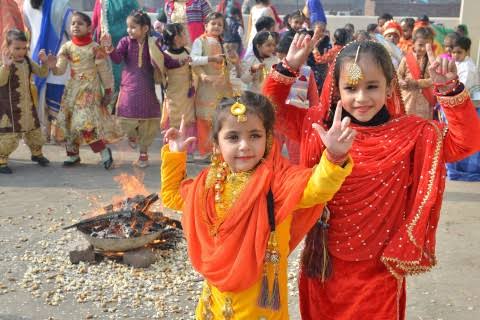
The change for the better is celebrating Lohri as a festival of girl child. In olden days, if a girl would be born around the festival of Lohri, it was not celebrated. Now, a girl child’s first Lohri is celebrated with a lot of fervor, joy and excitement.
Essential recipes of Lohri and Makkar Sakranti
Courtesy: Ritu Khosla, home chef and food blogger
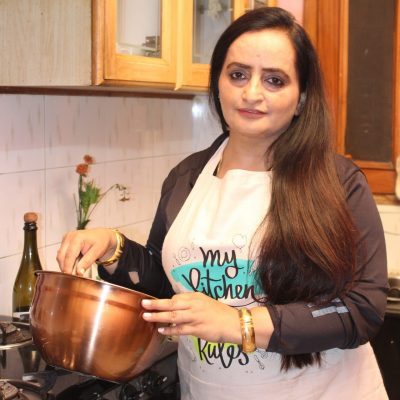
The Makkar Sankranti celebration is not complete without sweets made out of jaggery and sesame seeds and peanuts.
Home-made sweet Til bugga
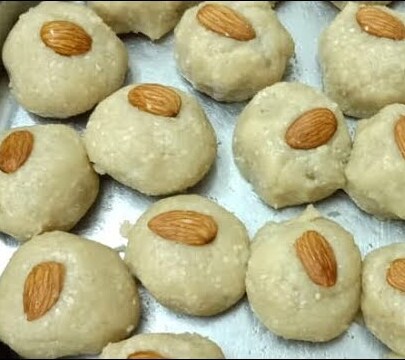
Ingredients:
- Til (White sesame seeds)-1 cup
- Mawa (khoya)-1 cup
- Sugar – 3/4 cup (I like it mildly sweet, you can add more sugar if you like it.)
- Desi ghee- 3/4
- Cardamom powder- 1/4 tsp
Method:
- Dry roast sesame seeds and partially crush them.
- In a kadhai, add ghee and mawa and cook till it is soft and mushy.
- Add powdered sugar and til.
- Throw in cardamom powder and mix well.
- Switch off the heat and make balls of desirable size when the mixture is partially cold.
Sabut Urad Khichdi For Makkar Sankranti
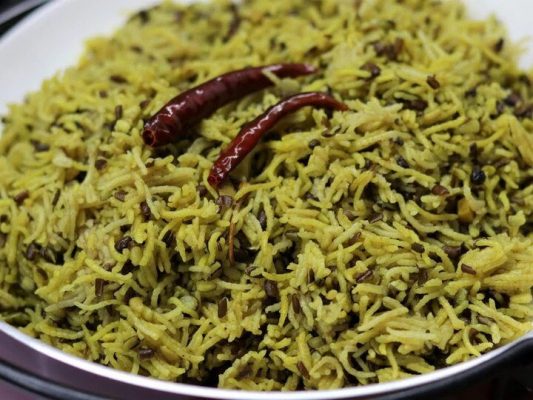
Traditionally, Makkar Sankranti Khichdi is made with 4 parts of rice and 1 part of Urad Sabut. Ghee is an essential part of this khichdi as an abundance of it means prosperity in our culture.
Ingredients:
- Urad Sabut- 1 regular cup (soaked overnight after the Lohri celebration)
- Basmati Rice- 4 cups
- Desi Ghee- Half cup (for Cooking)
- Desi Ghee- Half cup nicely heated (for garnishing)
- Hing – A generous pinch
- Red chili powder -1 tsp or according to your taste buds.
- Salt to taste( approx 2 tsp)
- Green cardamom – 3-4 roughly pounded
- Water to cook-10 cups
Method:
- Heat ghee and add hing (asafoetida).
- Add soaked and drained rice and toss them around for a while.
- Add red chili powder and salt and finally add dal.
- Add 10 cups water and pressure cook for 1 whistle and 15 min on simmer.
- Let the pressure diffuse naturally.
- Serve hot with dollops of hot desi ghee.







